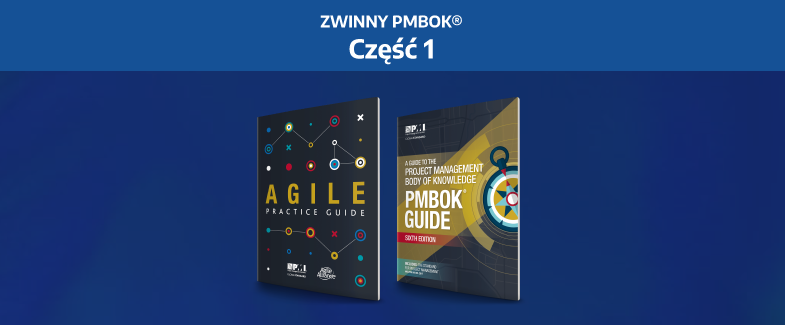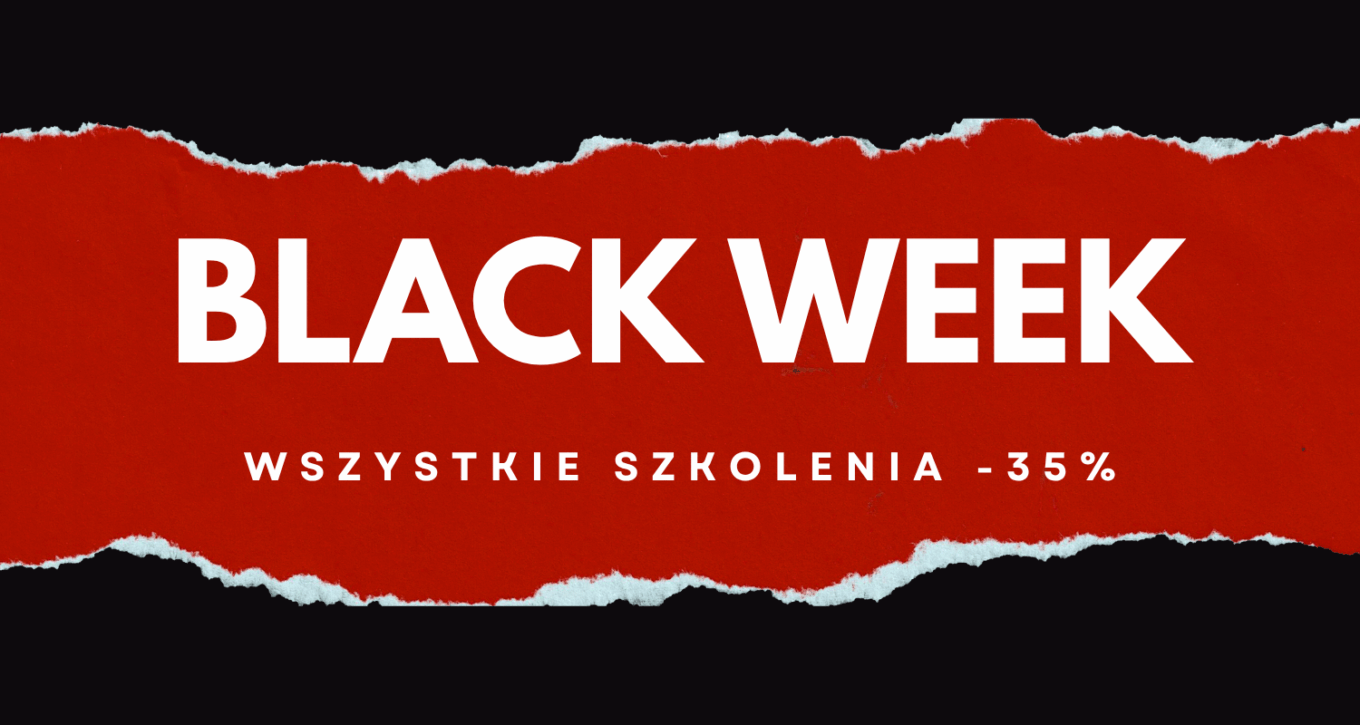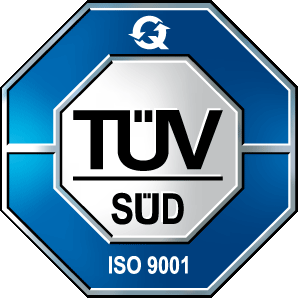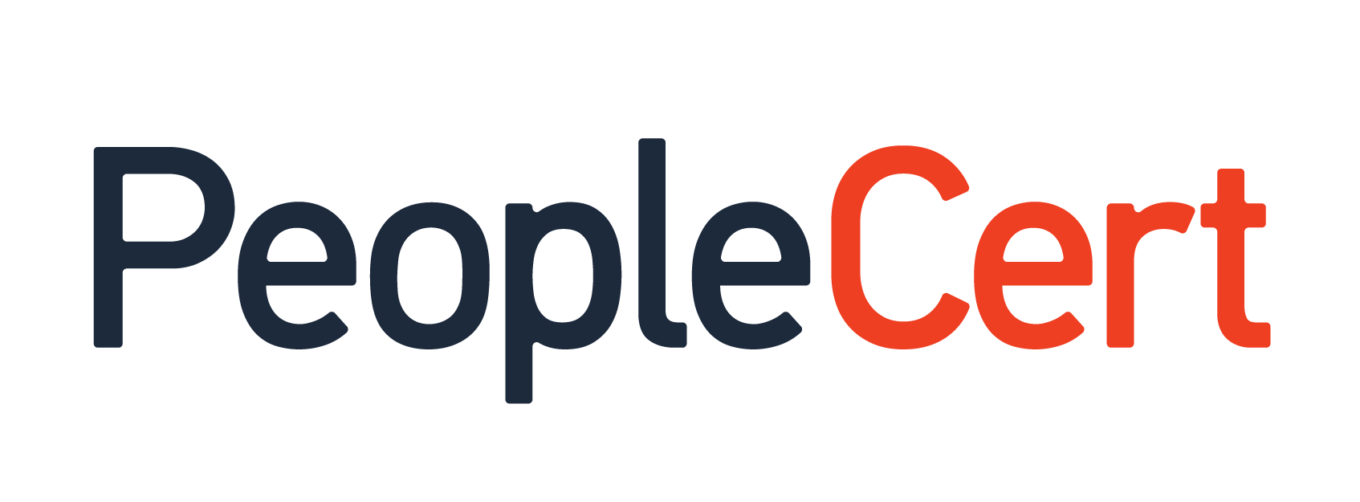Has become. For over 20 years against each other or at best side by side. For many, irreconcilable, radically different, good - bad, modern - obsolete, flexible - ossified, finally together, no more passing over with gracious silence, no more ignoring, no more aloof and disregard, peace announced. What are we talking about? If anyone has read Maciek Krupa's article from March 13, 2018, which I encourage you to do, you will have already guessed it. We are talking about PMBOK 6 and Agile.
A co właściwie się stało? Otóż podejście zwinne zostało zaliczone do dobrych praktyk project management proces. Nie są już czymś obok, jakąś inną szkołą, egzotycznym sąsiadem mówiącym bardzo obcym językiem, lecz weszły do wielkiej rodziny najlepszych praktyk. Oczywiście PMI dostrzegał i doceniał podejście zwinne, stworzył własny system kursów, znakomite podręczniki oraz własny system certyfikacji PMI Agile Certified Practitioner (PMI-ACP)®, ale zawsze było to podejście alternatywne, niejako równoległo do tradycyjnego PMP.
So what has changed? PMBOK itself - a "revealed book", as MK wrote, notes that projects may have different life cycles. So, among them there is our good friend, the predictable project, but there are also new players: projects with an iterative, incremental or agile life cycle, collectively called adaptive. Finally, there is a hybrid design, which is a combination of the above.
Since there are different project life cycles, there must also be different tools and techniques for planning, managing, monitoring and controlling work progress. In subsequent articles, I would like to focus on new phenomena and new tools in PMBOK, but in this study I would like to draw attention to a few facts.
Processes that were previously used at the beginning of a given project may be used multiple times during the project if the project lifecycle is not predictable. For example, requirements gathering usually had a beginning and an end. Of course, new requirements appeared or old ones changed during the project, but after defining the scope and developing a baseline plan, integrated change management had to be used to change them. In agile projects, the scope is rarely fully understood at the beginning of the project, so prototypes are often created and versions of the product are provided to better define requirements through feedback.
One of the most important, and perhaps the most important, method of controlling the scope, schedule and costs was the Earned Value Method (EVM). It is still the basic method, but in agile projects the Iteration Butndown Chart is more often used, which shows the amount of work remaining to be done, shows how the burn-up was planned and allows to determine the trend of further burning of the remaining work.
When we think about time management in a project, we usually see a Gantt chart that graphically illustrates the schedule created in the planning phase. However, if we do not know the scope of the project at this stage, how can we create a schedule, how to estimate and how to control the time in the project. Methods used in agile projects come to our aid again, including iterative backlog scheduling and on-demand scheduling.
I have only listed some of the new phenomena described in the new, sixth edition of PMBOK. I would like to discuss them in more detail in subsequent articles to highlight their very useful functions in the life of a project manager.
Author: Arkadiusz Urbański










